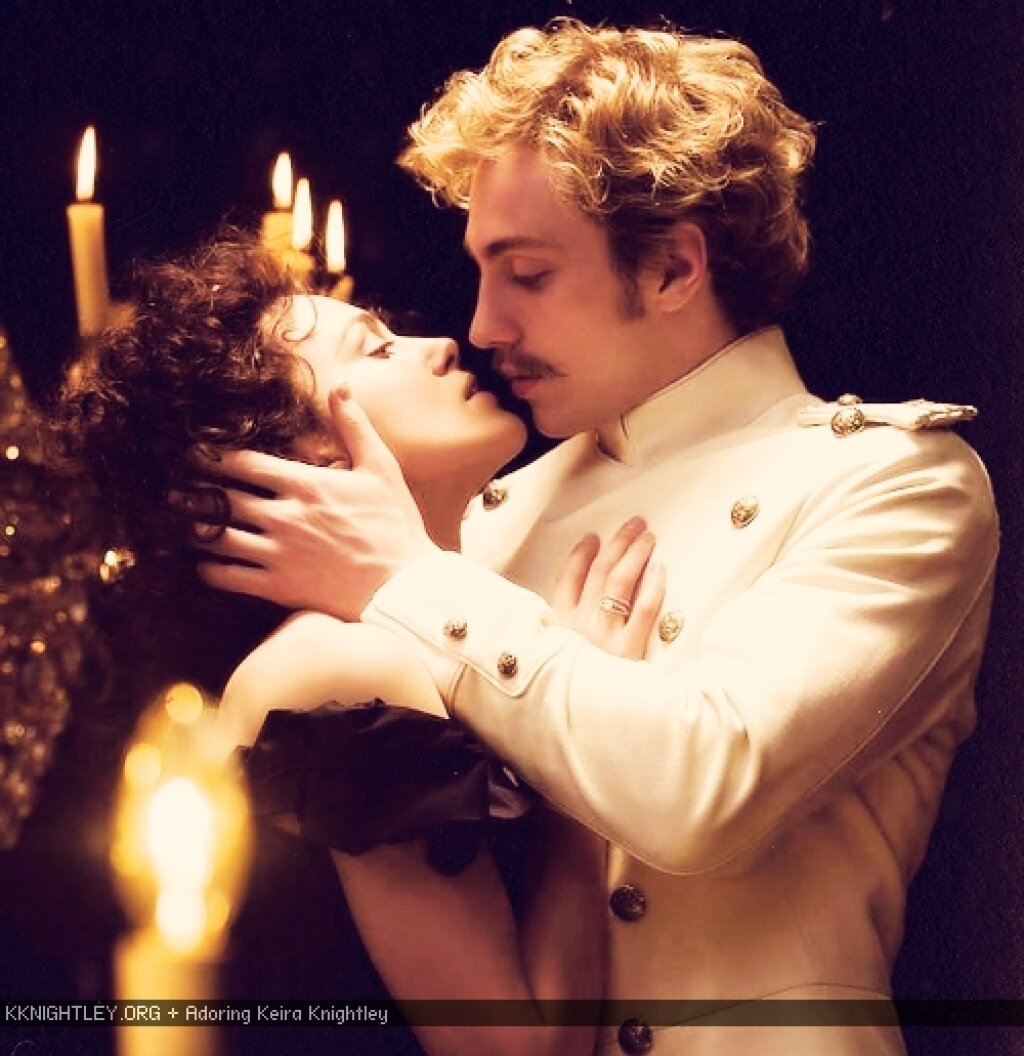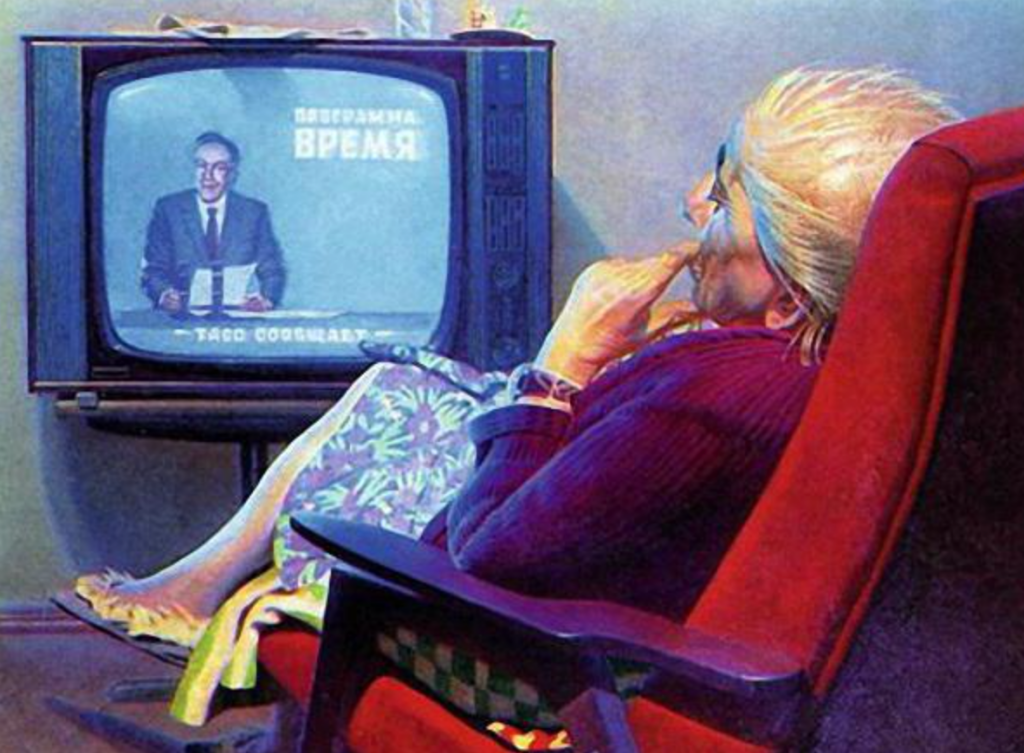Fabian Baumann is a historian of Eastern Europe focusing on the history of nationalism and empire in Ukraine, Russia, and East Central Europe. The post below derives from his book, Dynasty Divided: A Family History of Russian and Ukrainian Nationalism (Cornell UP, 2023), which deals with the nationally divided Shul’gin/ Shul’hyn family of Kyiv.
Copyright (c) 2023 by Cornell University. Used by permission of the publisher.
In the last two decades of the nineteenth century, Kyiv—then officially known by its Russian name, Kiev—seemed like a firmly integrated provincial capital of the Russian Empire. The dominant language on its streets was Russian. After several rounds of governmental repression, neither the once powerful Polish nobility nor the university’s formerly assertive socialist students were very noticeable anymore. Two government decrees—the Valuev Circular of 1863 and the Ems Ukaz of 1876—had reined in the Ukrainian national movement, outlawing its attempts to introduce the Ukrainian language into local schools and the press. And yet, perceptive observers knew that Ukrainian activists were still around. As Eduard Sedlaczek, the Austrian consul in the city, reported to Vienna in 1893: “In public life the Little Russians never reveal their national ideals; in the struggle for existence, they strive to attain any available post, behaving correctly in office but remaining true to their national ideals. I personally know many civil servants and teachers whose behavior in office is considered praiseworthy but who reveal a less than government-friendly disposition in their intimate circle.”
Sedlaczek was right. After the Ems Ukaz, most activities of the city’s Ukrainophiles had moved into the private sphere. Activists’ private households were the only environment they could discuss freely and try to develop a Ukrainian high culture. The local police knew about the persistence of Ukrainophile circles but rarely acted against them as long as they remained hidden and refrained from openly political propaganda. Thus, a tightly knit Ukrainophile milieu came into being in the years leading up to 1900, consisting of a handful of experienced activists and their families —and these families’ domestic life became the main ground of their national activism.
Under a regime that repressed attempts to deprovincialize Ukrainian culture, even modest cultural work acquired a political quality. If, as Minister of the Interior Petr Valuev had written in 1863, “there was not, is not, and cannot be any special Little Russian language,” a reading of Ukrainian-language poetry or the performance of Ukrainian songs or theatre was a subversive act and had to happen in private. Even speaking the language in certain contexts—although never forbidden—became symbolically significant. As long as majority society considered “Little Russian” a mere peasant dialect, using the language in urban intelligentsia surroundings identified one as a Ukrainophile. It signaled to both sympathizers and opponents that Ukrainian could one day become a fitting medium for all spheres of life. Thus, the Tsarist repressions were counterproductive insofar as they strengthened activists’ identification with the Ukrainian language—although, ironically, many of them had grown up in the Russian-speaking cities and never fully mastered the Ukrainian language. The case of the nineteenth-century Ukrainian intelligentsia exemplifies Eric Hobsbawm’s dictum that “Languages become more conscious exercises in social engineering in proportion as their symbolic significance prevails over their actual use.”
Indeed, the Ukrainian language prevailed in very few intelligentsia households in fin-de-siècle Kyiv. Memoirists only name a handful of Ukrainophone families, almost all of whom lived on the same street, Mariinsko-Blagoveshchenskaia ulitsa (today, vulytsia Saksahans’koho), between the university and the railway station. It usually fell to these families’ women to pass their patriotic convictions on to the next generation. Several Ukrainian women home-schooled their children, which allowed them to teach some subjects in Ukrainian and add some specifically Ukrainian content to the curriculum. As one of these women, the poet Olena Pchilka, remembered years later: “It then seemed to me that [Russian] school would at once ruin my attempts to educate the children in Ukrainian. This was an unfounded fear, for I later saw that if the children are well instructed in the Ukrainian language, school does not ruin that language.” Typical readings for the children of Ukrainophile families included Leonid Hlibov’s Ukrainian fables, the Russian-language Cossack tales of Nikolai Gogol’ (Mykola Hohol’) and, above all, the poetry of Taras Shevchenko, which some of them were taught to recite by heart.
It is not surprising that women were the main protagonists of this Ukrainian “national education.” The idea of mothers as transmitters of cultural traditions and the “mother tongue” was a central topos in fin-de-siècle nationalist discourse across Europe. Whereas school education was usually seen as part of the “masculine” public sphere, the primary, “emotional” transmission of the national language and mindset within the domestic sphere was usually depicted as an inherently “feminine” task. In the minds of Kyiv’s nineteenth-century Ukrainophiles, mothers occupied a pivotal position as conveyors of national modes of thought under repressive conditions. Since the Ukrainian language was practically confined to the domestic sphere by law, Ukrainophiles insisted on their wives’ duty to teach their children Ukrainian—which not all of them could do equally well. Some Ukrainophile men even intentionally chose a wife from a rural background: Ukraine’s villages were a Ukrainian-speaking environment, and unlike many male urban Ukrainophiles, women from the countryside usually spoke the language perfectly.
The gendered use of language among Kyiv’s Ukrainophiles was linked to men’s and women’s different relationship with the state. In some families, the fathers spoke Ukrainian only with their Ukrainophile friends, using Russian both at work and at home. Most activists of this generation served in state institutions as teachers, university lecturers, or civil servants, and many of them refrained from speaking Ukrainian in order not to awaken their superiors’ suspicions. Ukrainophile women, by contrast, could not seek state employment and rarely pursued professional careers at all. Therefore, female activists were not bound to lead the “double-life” of their husbands, who had to please the authorities while at work and only expressed oppositional views in their intimate circles.
It is difficult to separate empirical evidence for mothers’ role as transmitters of values and beliefs from patriarchal and nationalist discourse that connects mothers to the sphere of national traditions, the home, the soil. Accounts of activists’ private lives are always informed by gender stereotypes, whereby women, in the words of Anne McClintock, are “represented as the atavistic and authentic ‘body’ of national tradition,” while men are shown as a “progressive agent of national modernity.” But there is a case to be made that nationalist women gained political agency precisely because their ideology defined the domestic sphere as exclusively feminine. The nationalist dichotomy between the (feminine) home and the (masculine) outer world was closely linked to the distinction between the spiritual and material worlds. Nationalists saw the home as a sanctuary for a pure, uncompromised national culture as opposed to the cosmopolitan, imperial outside world. However, since nationalism was supposed to engulf the totality of social life, the seemingly nonpolitical private sphere—and above all, the education of the nation’s future generation—became a highly political matter. Thus, the private household at once limited women’s political agency and enabled it. This dynamic was even more pronounced among Kyiv’s Ukrainophiles, whose entire activism was driven into the private households by the imperial state’s repression. For that reason, women were able to occupy a central place in the Ukrainophile milieu. Unlike women in the Russian radical underground, Ukrainophile women did not need to renounce their feminine roles within the family in order to be activists. Rather, the government’s political restrictions against Ukrainian nationalism turned domestic life into a political arena and politicized their motherhood.



